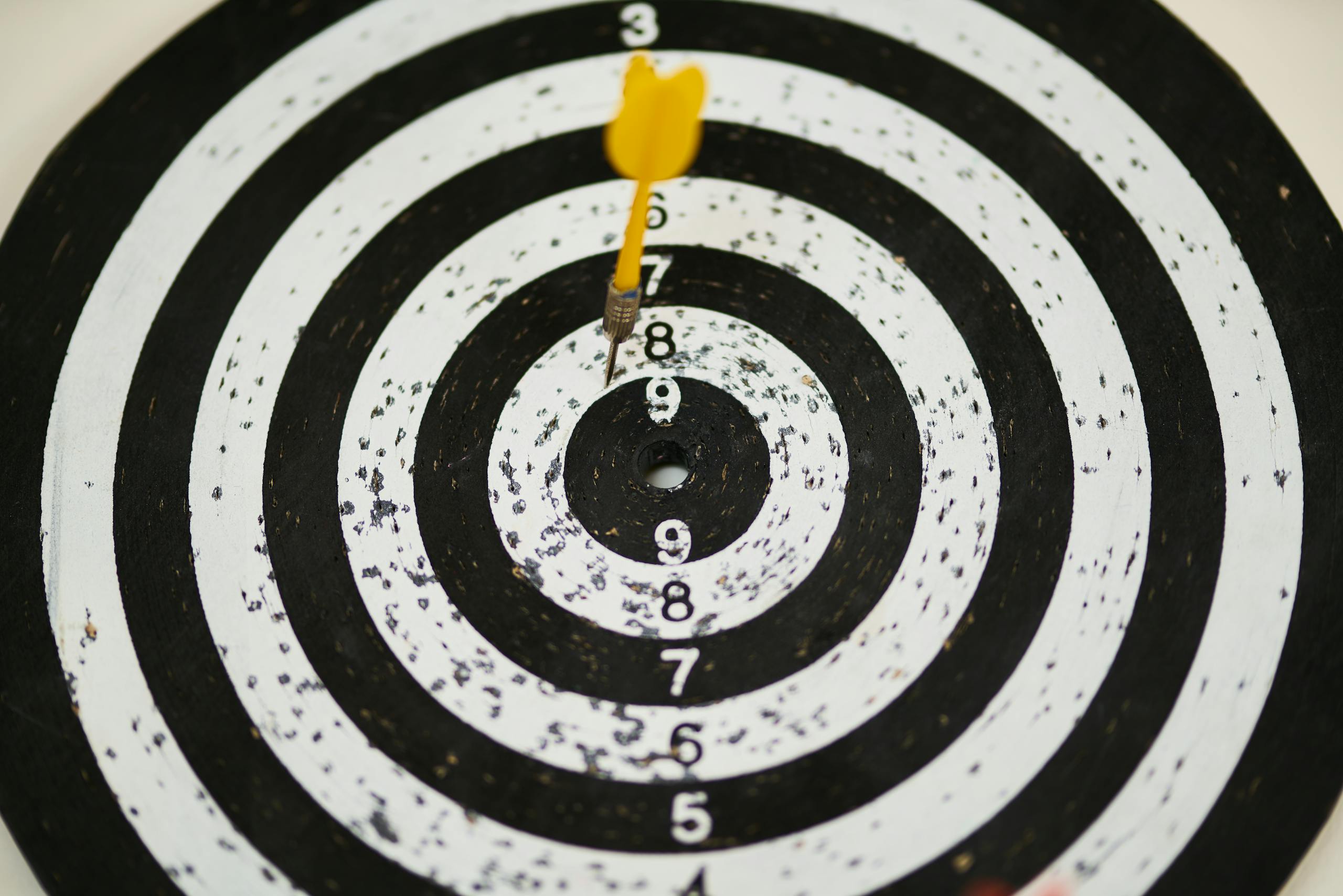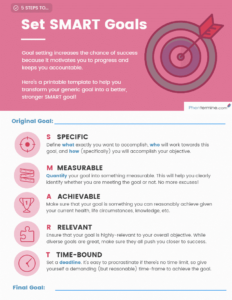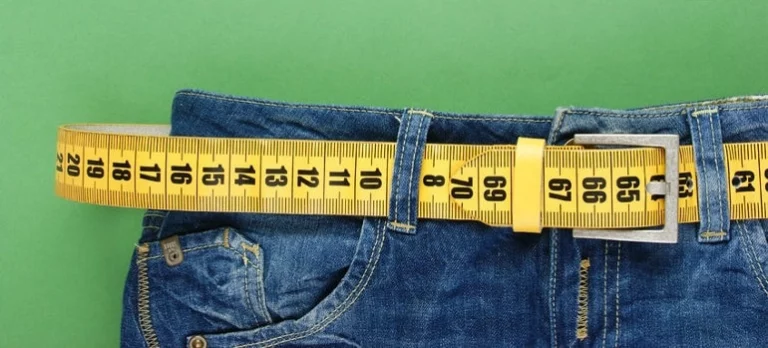Set SMART Goals for Weight Loss
When your doctor prescribed phentermine, you probably talked about your weight loss goals and the changes necessary to achieve those aims. Maybe you two even sat down and set SMART goals together. During your weight loss journey (and in life), it proves invaluable to establish and work towards realistic and productive goals.
Here’s a guide to setting your best goals in three easy steps: understand why you need to identify goals, learn about the five characteristics of SMART goals, and then create your own goals using our SMART goals template.
Importance of Goal Setting
Napoleon Hill, an early American self-help author, once said, “A goal is a dream with a deadline”. Why did he make the distinction between dreams and goals? I would argue that it’s because dreams become real and reachable once we start taking action towards achieving them. The first steps might include setting a deadline, getting needed equipment, or cleaning out the pantry. It’s important to define goals to actively move closer to what we really want. Here on phentermine.com, popular goals might involve achieving weight loss, getting in better shape, eating healthier, or a wide variety of other things. Regardless of your dream, keep reading to learn how to make that abstract dream into an attainable goal.
If you’re not convinced yet, here are a few more reasons why it’s worth your while to transition those dreams into goals:
Goals have a destination and a deadline. It’s vital to define where you’re going and how and when you want to get there. Just like you decide on a destination and look up directions before getting behind the wheel, you should define your objective and make a plan before embarking on a major lifestyle change. It helps prevent a lot of futile effort and keeps you focused on reaching that shiny target.
Goals keep us accountable. When we haven’t concretely defined where we’re going, it’s hard to decide if we’re progressing or not. If you have a plan and you’re not following it, you’ll know. By defining a clear, measurable goal, we’re giving ourselves the tools we need to succeed. This serves as motivation to either adjust the plan or identify why you’ve fallen off the wagon. Regardless of your path, you’re still focused on the goal and being productive!
Goals push us forward. We need something to motivate us to be our best selves. Having a specific goal in mind helps clarify what we’re working on. None of us is perfect, but by constantly setting new goals for yourself and working towards self-betterment, you’re getting better each day! And as the popular adage professes, we should “strive for progress, not perfection.”
SMART Goals: The Key to Success
Deciding what you want to accomplish is relatively easy: get in shape, lose 30 pounds, etc. Figuring out exactly how you plan to achieve that objective is a little more complicated. Research shows that “SMART” goals are reached more often than their vaguer counterparts. While originally promoted as a project management strategy, these structured and specific goals prove valuable in every aspect of our lives. This is because making goals SMART promotes accountability, identifies specific milestones, and helps delineate a definite action plan. Here are the five characteristics of SMART goals and a quick explanation of transforming your general objectives into SMART targets.
Specific
A goal should be specific. We are more likely to finish a task when we know exactly what we need to do and how to do it. The same holds for weight loss goals. To help specify your target, ask yourself who, what, and how. Using these responses, you can more clearly define your final objective and how you’ll reach it. For example, you can change “lose weight” to “I will lose weight for health reasons by eating healthier every day”. The second version of this goal is much more specific and, therefore, better.
Measurable
A goal should be measurable. While willpower is important, it eventually fades. For that reason, it’s helpful to have a quantifiable performance target. Make sure your goal has something you can measure to determine if you are on track or not. For example, you can transform the general “work out more” to a measurable “work out 25 minutes per day”. By making the target measurable, it’s simple to determine whether you’re meeting it or not. No excuses allowed!
Attainable
A goal should be attainable. You should identify a target that challenges you but is still reasonably within your abilities. If the goal is too challenging or overly ambitious, you may give up before starting. Choose goals that you can achieve with some level of dedication, but that doesn’t require you to change (or learn) everything all at once. For example, you can modify “I will eat salad for every meal except breakfast” to a more attainable “I will eat salad for five meals per week”. With this change, you have made your goal much more achievable. As you achieve (and maintain) early goals, you can gradually revise them to provide a continued challenge.
Relevant
A goal should be relevant. The endpoint you’re aiming for should directly relate to an overall outcome that you’re trying to achieve. For this reason, you should establish 1-2 core ideas that specifically relate to your most important health goals. For example, if your overall goal is weight loss, make sure to structure at least one goal around losing weight (e.g. a specific calorie goal). Even though other factors and goals may also prove important in your more general journey toward self-betterment, make sure you have a couple of objectives that are highly relevant to your main goal.
Time-Bound
Goals should be time-bound. Don’t give yourself unlimited time to reach a goal. Choose a target that you can reasonably achieve in about three months (or ninety days). If you need to establish milestones along the path to your final target that’s perfectly okay, just make sure to give yourself deadlines. If there is no time sensitivity associated with the change, there’s little motivation to prioritize it after the initial excitement wears off. So, it’s important that goals are time-bound. For example, you can update “lose 20 pounds” to “lose 20 pounds by October 1st“ to make it a stronger, time-limited goal.
SMART Goal Example
Here’s a quick example of how to make a regular goal into a SMART goal and increase your chances of success in achieving it.
Original Goal: Lose weight.
SMART Goal Transformation:
- Specific
- Who? Me.
- What? Lose weight.
- How? I will aim for 1600 calories a day, exercise 3 times per week, and take phentermine every day.
- Measurable
- Specific amount = 20 pounds
- Achievable
- Yes, 20 pounds is an achievable amount of weight loss with the help of phentermine.
- Relevant
- Yes, controlling calories and exercising are highly relevant to my overall weight loss goal.
- Time-Bound
- Deadline = two months from today’s date
Final Goal: I want to lose 20 pounds in the next 2 months by eating about 1600 calories a day, going to the gym 3 times per week, and taking phentermine daily.
By making your goal specific, measurable, and time-bound, you are starting to hold yourself accountable and increasing your chances of successful weight loss!
Goal Setting Template
Now you know why goals are so important and a little more about how to form SMART goals. So, the last step is to create your own goal for your weight loss journey with phentermine! Print out the worksheet below to improve your goals and start you on the path towards success in achieving your healthiest habits yet.
Are you setting goals for your phentermine journey? Is it easy, or is it something you’ve struggled with? Share your tips in the comment section below!
Did you like the article?
Subscribe to our weekly newsletter and get our best weight loss tips straight to your inbox!









